Hello Food Lovers! Did you know there are over two dozen unique spices that start with the letter “D”? These spices range from bold Indian curry blends to delicate dried herbs used in Mediterranean dishes. Each spice brings its own texture, taste, and story to the table. In this guide, We’ll walk you through a flavorful list of spices starting with “D,” each packed with practical culinary uses and cultural history.
Let’s explore these 28 flavorful finds that deserve a spot in your pantry.
1. Dill Seeds
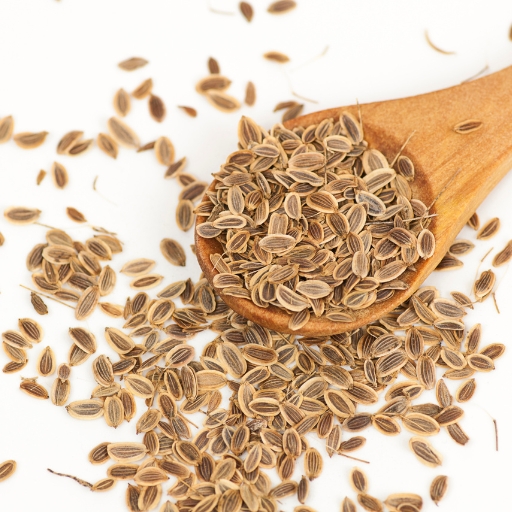
Origin: Mediterranean and Southwest Asia
Appearance: Tiny, oval-shaped, light brown seeds
Taste & Aroma: Warm, slightly bitter, with a faint anise note
Uses: Used in pickling, spice rubs, and breads like rye
Health Benefit: Known to relieve bloating and digestive discomfort
Fun Fact: Both the seeds and the leaves (dill weed) come from the same plant.
2. Dill Weed (Dried)
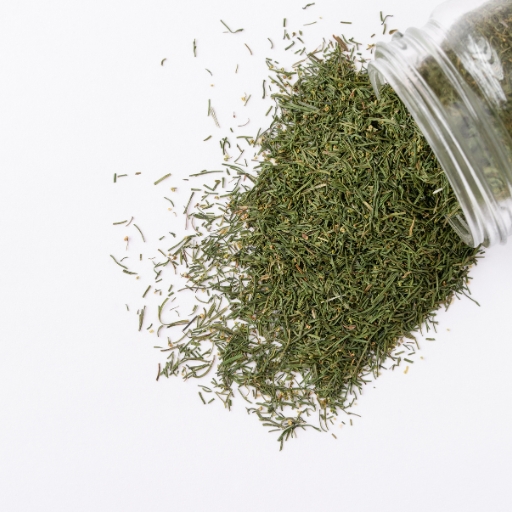
Origin: Europe and Central Asia
Appearance: Feathery green, dried leaves
Taste & Aroma: Fresh, grassy, and slightly citrusy
Uses: Excellent in dips, sauces, and potato-based dishes
Health Benefit: High in antioxidants and vitamin C
Fun Fact: Popular in Scandinavian cuisine, especially with fish.
3. Dried Ginger
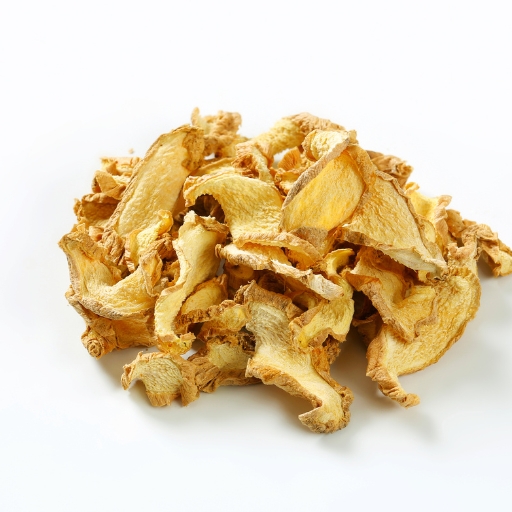
Origin: India and China
Appearance: Pale yellow-brown powder
Taste & Aroma: Warm, pungent, slightly sweet
Uses: Essential in baking, Indian cooking, and masala chai
Health Benefit: Supports digestion and reduces inflammation
Fun Fact: Ancient sailors carried ginger to prevent seasickness.
4. Dried Fenugreek Leaves (Kasuri Methi)
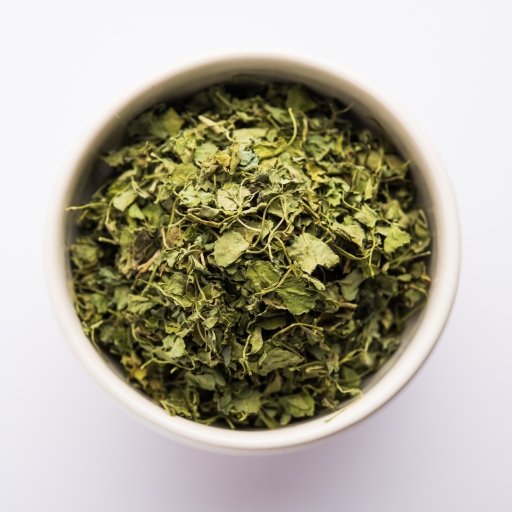
Origin: South Asia
Appearance: Crumbled, dried green leaves
Taste & Aroma: Slightly bitter with maple-like fragrance
Uses: Used in Indian curries and butter chicken
Health Benefit: May help regulate blood sugar
Fun Fact: Just a pinch transforms everyday dal or paneer.
5. Dried Mint
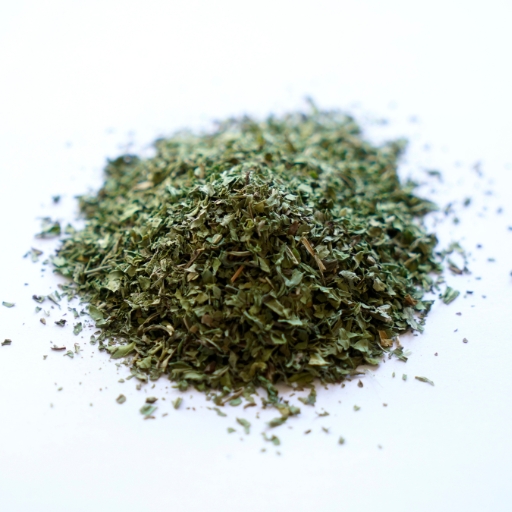
Origin: Middle East and Mediterranean
Appearance: Crushed green flakes
Taste & Aroma: Cool, slightly sweet, with a hint of pepper
Uses: Sprinkled on yogurt, soups, and teas
Health Benefit: Soothes stomach discomfort and freshens breath
Fun Fact: Often used in Lebanese tabbouleh and Indian chutneys.
6. Dried Lime Powder (Loomi)
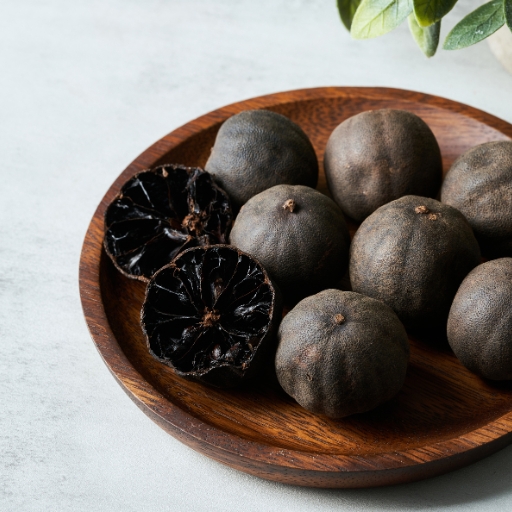
Origin: Gulf countries, especially Iraq and Iran
Appearance: Pale brown to gray powder
Taste & Aroma: Tangy, citrusy, and slightly fermented
Uses: Used in stews, rice, and meat rubs in Persian cooking
Health Benefit: High in vitamin C and aids digestion
Fun Fact: Made from sun-dried limes boiled in brine.
7. Dried Basil
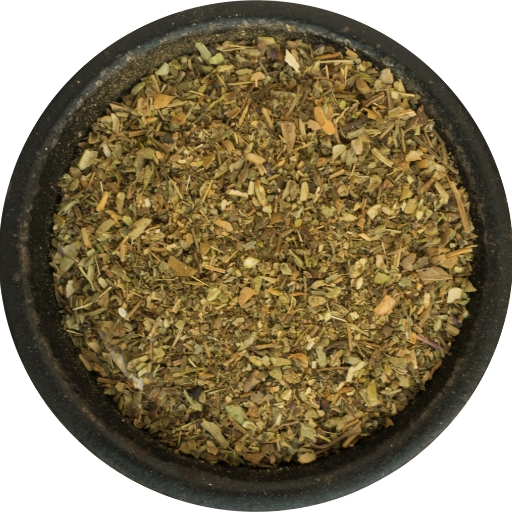
Origin: Southern Europe and India
Appearance: Crushed green herb flakes
Taste & Aroma: Sweet, peppery, with a hint of clove
Uses: Common in tomato sauces, pastas, and herb mixes
Health Benefit: Contains antibacterial compounds
Fun Fact: A key herb in Italian cuisine and pizza seasoning.
8. Dried Cilantro
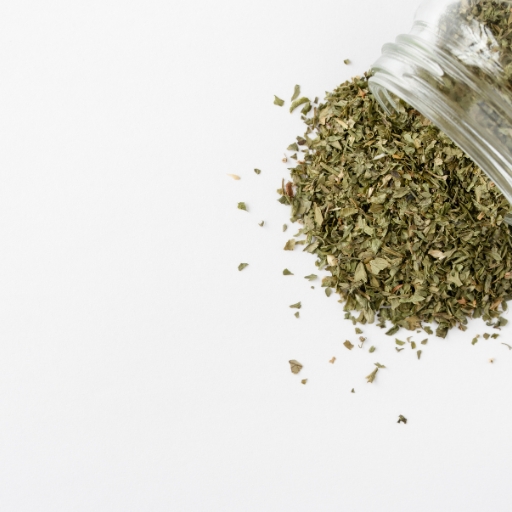
Origin: Global, especially Mexico and India
Appearance: Crumbled green leaves
Taste & Aroma: Mild, citrusy, and fresh
Uses: Used in Latin spice blends and Indian herb rubs
Health Benefit: Rich in antioxidants and may aid detox
Fun Fact: Comes from the same plant that produces coriander seeds.
9. Dukkah
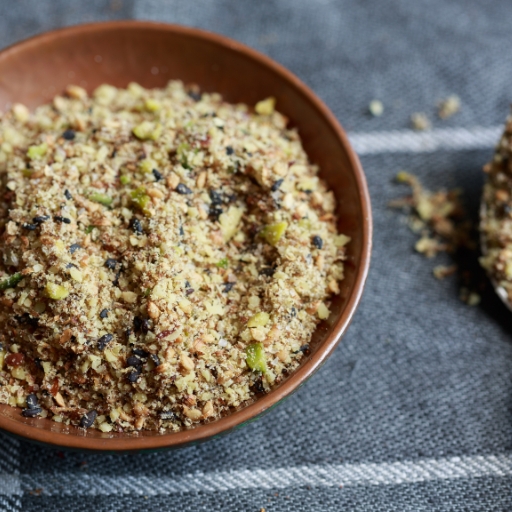
Origin: Egypt
Appearance: Coarse mix of ground nuts, seeds, and spices
Taste & Aroma: Nutty, warm, with sesame and cumin tones
Uses: Dipped with bread and olive oil or sprinkled on vegetables
Health Benefit: Good source of fiber and healthy fats
Fun Fact: No two Egyptian families make it the same way.
10. Dhania Powder
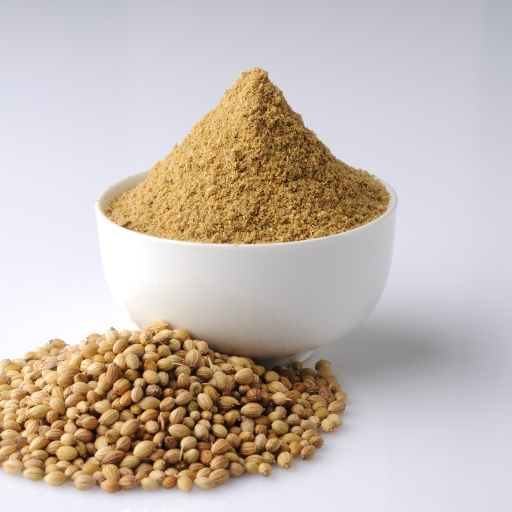
Origin: India
Appearance: Beige, fine powder
Taste & Aroma: Earthy, lemony, and mildly sweet
Uses: Found in nearly every Indian curry and masala
Health Benefit: Promotes digestion and lowers blood sugar
Fun Fact: “Dhania” is Hindi for coriander.
11. Dried Red Chilies
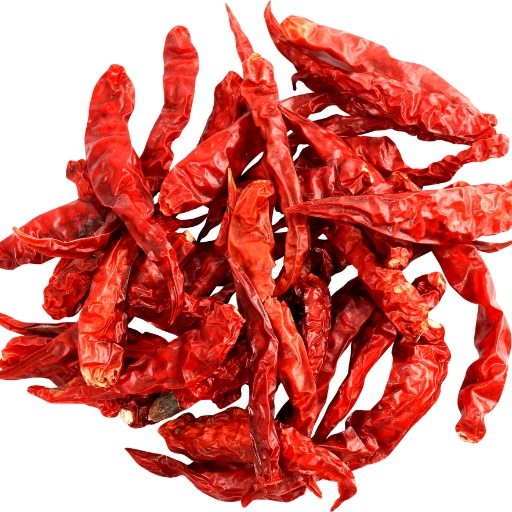
Origin: India, China, Mexico
Appearance: Wrinkled, deep red pods
Taste & Aroma: Varies from mild to fiery, smoky
Uses: Used whole or ground in chutneys, salsas, and stews
Health Benefit: Boosts metabolism via capsaicin
Fun Fact: Dry-roasting intensifies both heat and flavor.
12. Dried Oregano
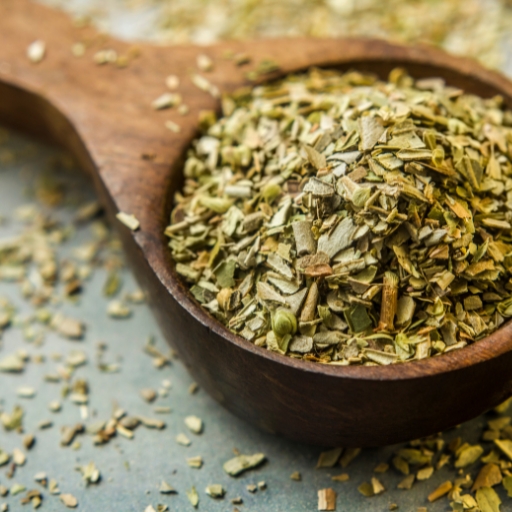
Origin: Mediterranean region
Appearance: Small greenish dried flakes
Taste & Aroma: Bold, slightly bitter, peppery
Uses: Key in Italian, Greek, and Mexican cuisines
Health Benefit: Contains natural antibacterial compounds
Fun Fact: Greek oregano is considered the most potent.
13. Dried Rosemary
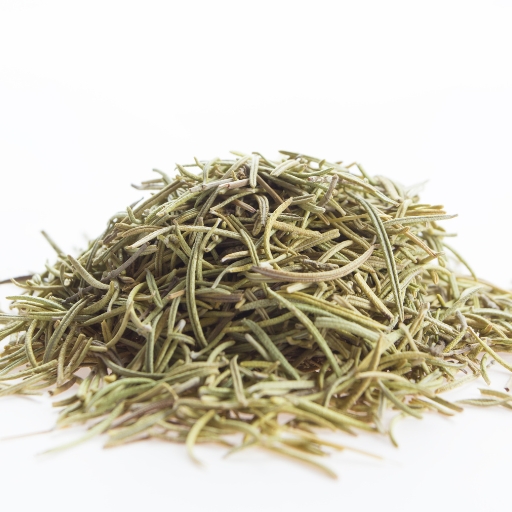
Origin: Mediterranean
Appearance: Needle-like green leaves
Taste & Aroma: Piney, woody, and sharp
Uses: Roasted meats, breads, and herb blends
Health Benefit: May improve memory and mood
Fun Fact: Often used in holiday recipes and marinades.
14. Dried Thyme
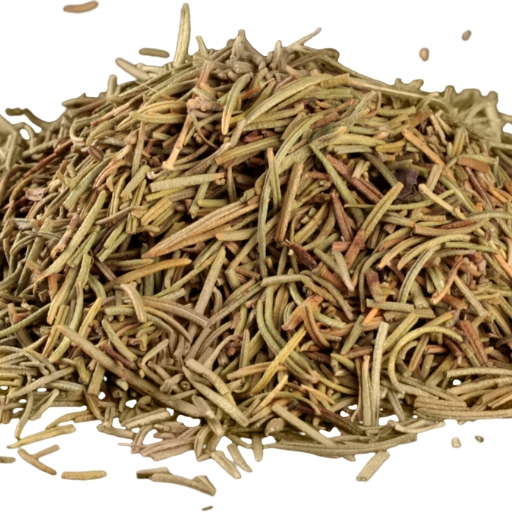
Origin: Southern Europe
Appearance: Tiny curled leaves, dried and crumbled
Taste & Aroma: Earthy and slightly minty
Uses: Adds depth to stews, soups, and rubs
Health Benefit: Contains thymol, a strong antimicrobial
Fun Fact: A staple in French Herbes de Provence.
15. Dried Chives
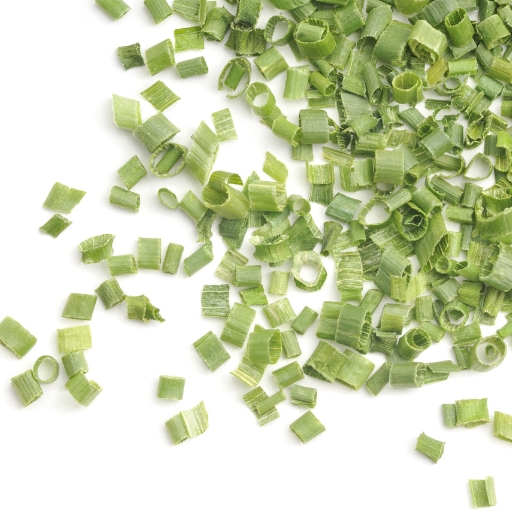
Origin: Europe and Asia
Appearance: Thin, hollow, green bits
Taste & Aroma: Mild onion flavor
Uses: Mixed in dips, compound butters, and seasoning packets
Health Benefit: Supports heart health and digestion
Fun Fact: Perfect substitute when fresh onions are too strong.
16. Dried Turmeric
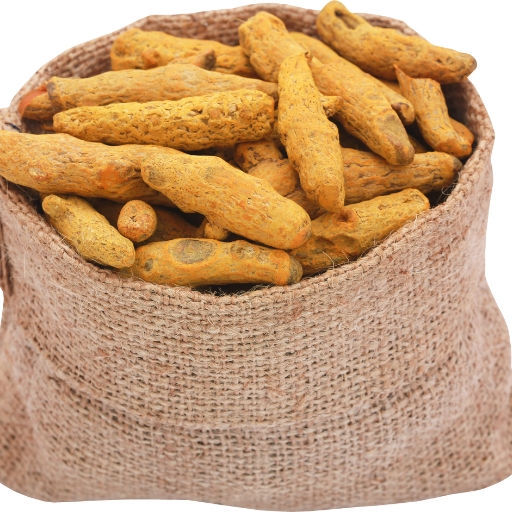
Origin: India and Southeast Asia
Appearance: Bright yellow-orange powder
Taste & Aroma: Earthy, slightly bitter, warm
Uses: Curries, spice blends, golden milk
Health Benefit: Contains curcumin, an anti-inflammatory compound
Fun Fact: Traditionally used to dye fabrics as well as in food.
17. Dried Curry Leaves
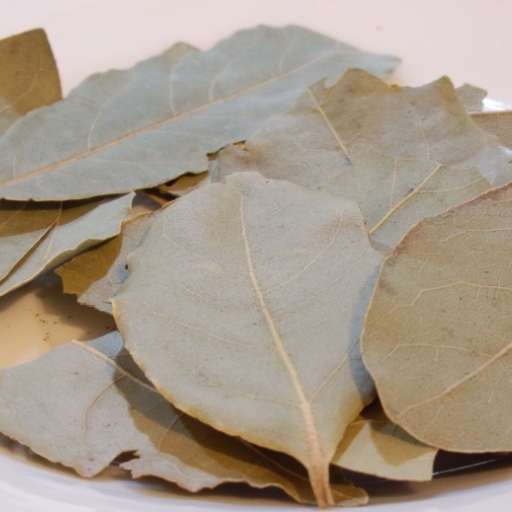
Origin: South India and Sri Lanka
Appearance: Small, dried green leaves
Taste & Aroma: Nutty, citrusy, and slightly bitter
Uses: Tempered in oil for dals and South Indian dishes
Health Benefit: May help control blood sugar
Fun Fact: Best used fried or sautéed to unlock aroma.
18. Devil’s Dung (Asafoetida)
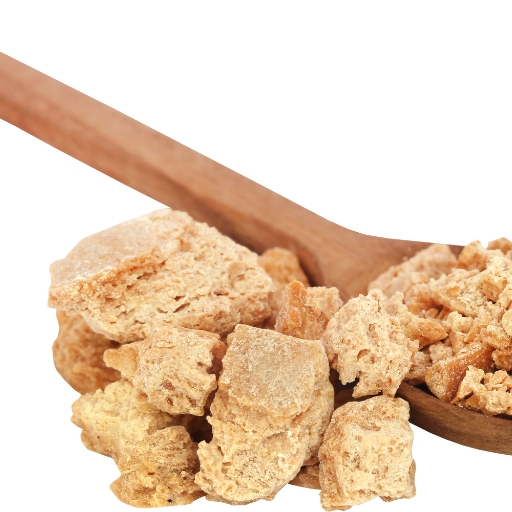
Origin: Iran, India
Appearance: Yellow-beige powder or resin
Taste & Aroma: Pungent when raw, but onion-like when cooked
Uses: Used in Indian lentil dishes, especially for digestion
Health Benefit: Powerful carminative (relieves gas)
Fun Fact: It’s nicknamed “Devil’s Dung” due to its strong smell.
19. Dried Bay Leaf Powder
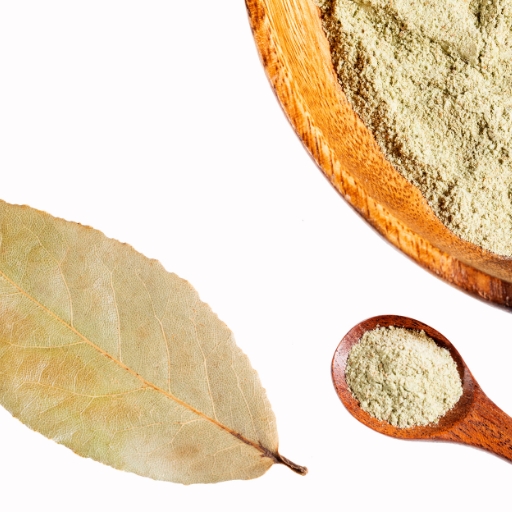
Origin: Mediterranean
Appearance: Pale green powder
Taste & Aroma: Herbal, slightly floral and bitter
Uses: Used in rubs and slow-cooked stocks
Health Benefit: May help digestion and reduce stress
Fun Fact: Easier to blend in spice rubs than whole leaves.
20. Dried Paprika
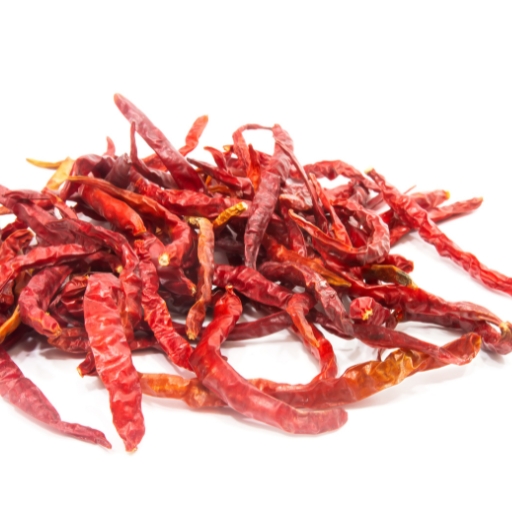
Origin: Hungary and Spain
Appearance: Fine red powder
Taste & Aroma: Sweet, mild to hot depending on variety
Uses: Adds color and mild heat to stews and eggs
Health Benefit: Packed with antioxidants
Fun Fact: Different from smoked or sweet paprika—“dried” refers to its plain ground form.
21. Dried Onion Flakes
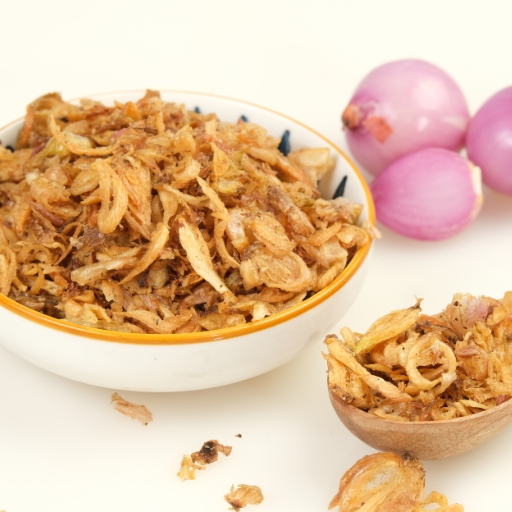
Origin: Global
Appearance: Pale, crispy bits of onion
Taste & Aroma: Sweet, mildly pungent
Uses: Used in dry rubs, dips, and seasoning blends
Health Benefit: Supports immune health
Fun Fact: Saves time—no chopping or tears.
22. Dried Garlic Powder
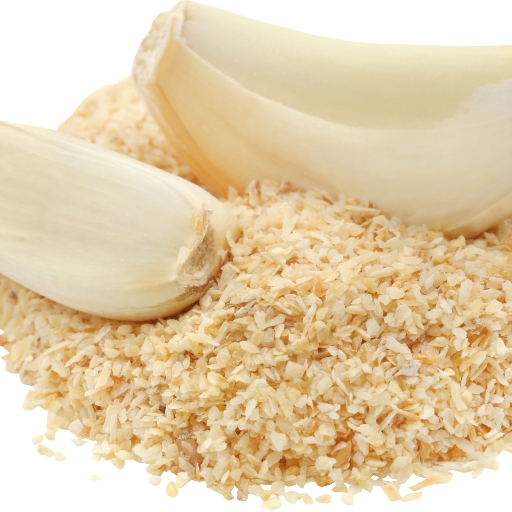
Origin: Worldwide
Appearance: Off-white fine powder
Taste & Aroma: Savory, sharp, and umami-rich
Uses: Found in almost every seasoning blend or rub
Health Benefit: May support heart health and immunity
Fun Fact: A pantry must-have in nearly every cuisine.
23. Dried Tomato Powder
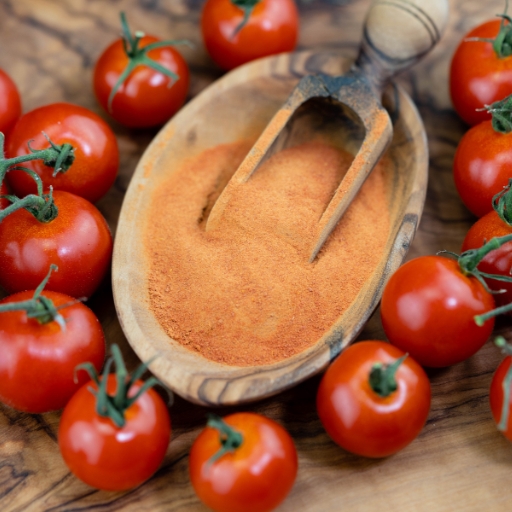
Origin: Mediterranean regions
Appearance: Deep red fine powder
Taste & Aroma: Tangy, umami, tomato-like
Uses: Adds depth to soups, sauces, and rubs
Health Benefit: Rich in lycopene and vitamin C
Fun Fact: Great for flavoring spice blends without adding liquid.
24. Dry Mango Powder (Amchur)
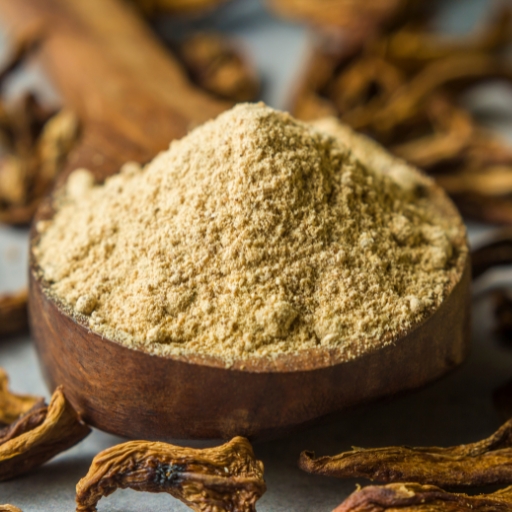
Origin: India
Appearance: Beige powder
Taste & Aroma: Sour, tangy, fruity
Uses: Used in chaat masala, curries, and marinades
Health Benefit: Good source of vitamin C
Fun Fact: Made from unripe, sun-dried green mangoes.
25. Dried Lavender (Culinary Grade)
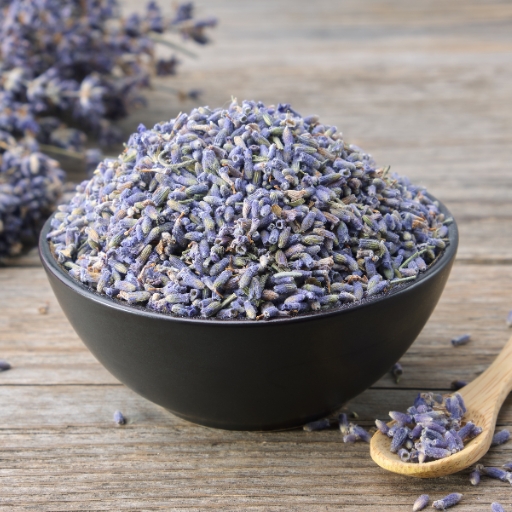
Origin: France, England
Appearance: Small purple dried buds
Taste & Aroma: Floral, slightly sweet
Uses: Used in spice rubs, teas, and Herbes de Provence
Health Benefit: May promote calmness and sleep
Fun Fact: A little goes a long way—can easily overpower a dish.
26. Dry Rubs
Origin: Global culinary technique
Appearance: Coarse spice mix
Taste & Aroma: Varies—can be sweet, spicy, smoky, or herbal
Uses: Rubbed on meat before grilling or roasting
Health Benefit: Adds flavor without adding fat
Fun Fact: Common in American BBQ and Latin American cooking.
27. Dal Makhani Masala
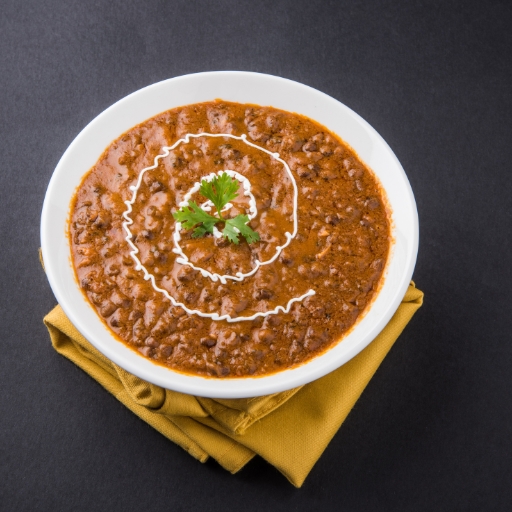
Origin: North India
Appearance: Deep brown spice blend
Taste & Aroma: Earthy, buttery, mildly spicy
Uses: Used in dal makhani (buttery black lentil curry)
Health Benefit: Adds flavor to plant-based protein dishes
Fun Fact: Often contains kasuri methi, black cardamom, and cinnamon.
28. Dhaba-Style Masala
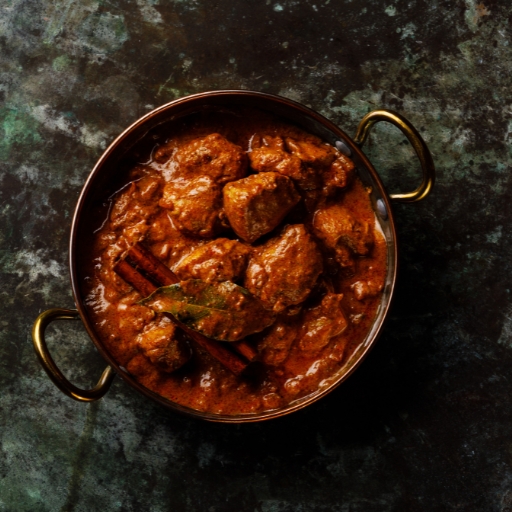
Origin: India (roadside dhabas)
Appearance: Coarse, rustic spice mix
Taste & Aroma: Bold, earthy, spicy
Uses: Perfect for curries with a “street-food” flavor
Health Benefit: Encourages appetite and digestion
Fun Fact: Each dhaba (roadside eatery) has its own secret recipe.
End Note
Spices that begin with the letter “D” reveal a wide-ranging world of flavor—fresh herbs, powerful powders, tangy fruits, and deeply rooted spice blends. These ingredients not only make food delicious, they carry generations of knowledge and culture. If you have enjoyed these “D” spices, you can checkout our next article Spices starts with E .

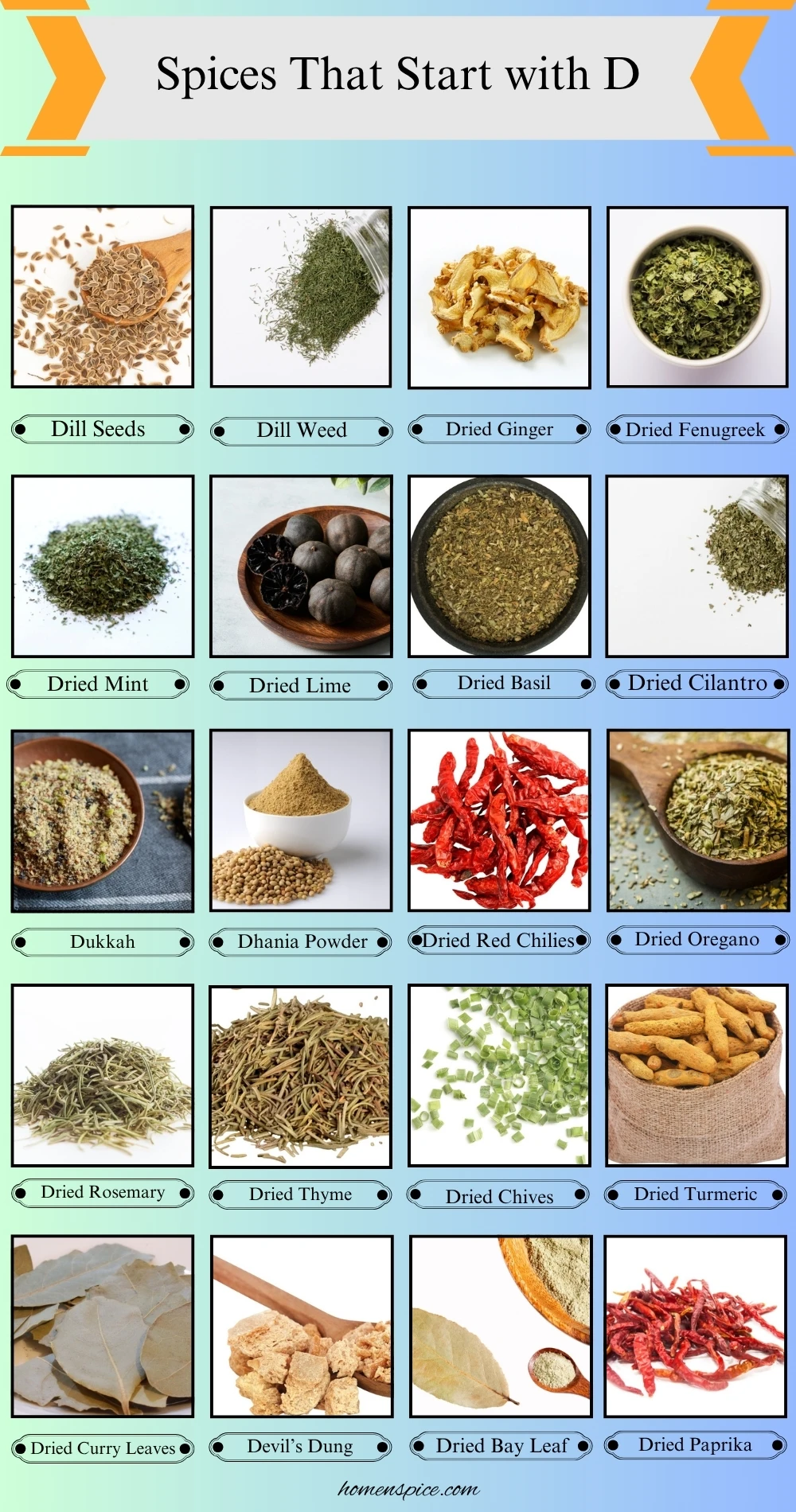





Leave a Reply